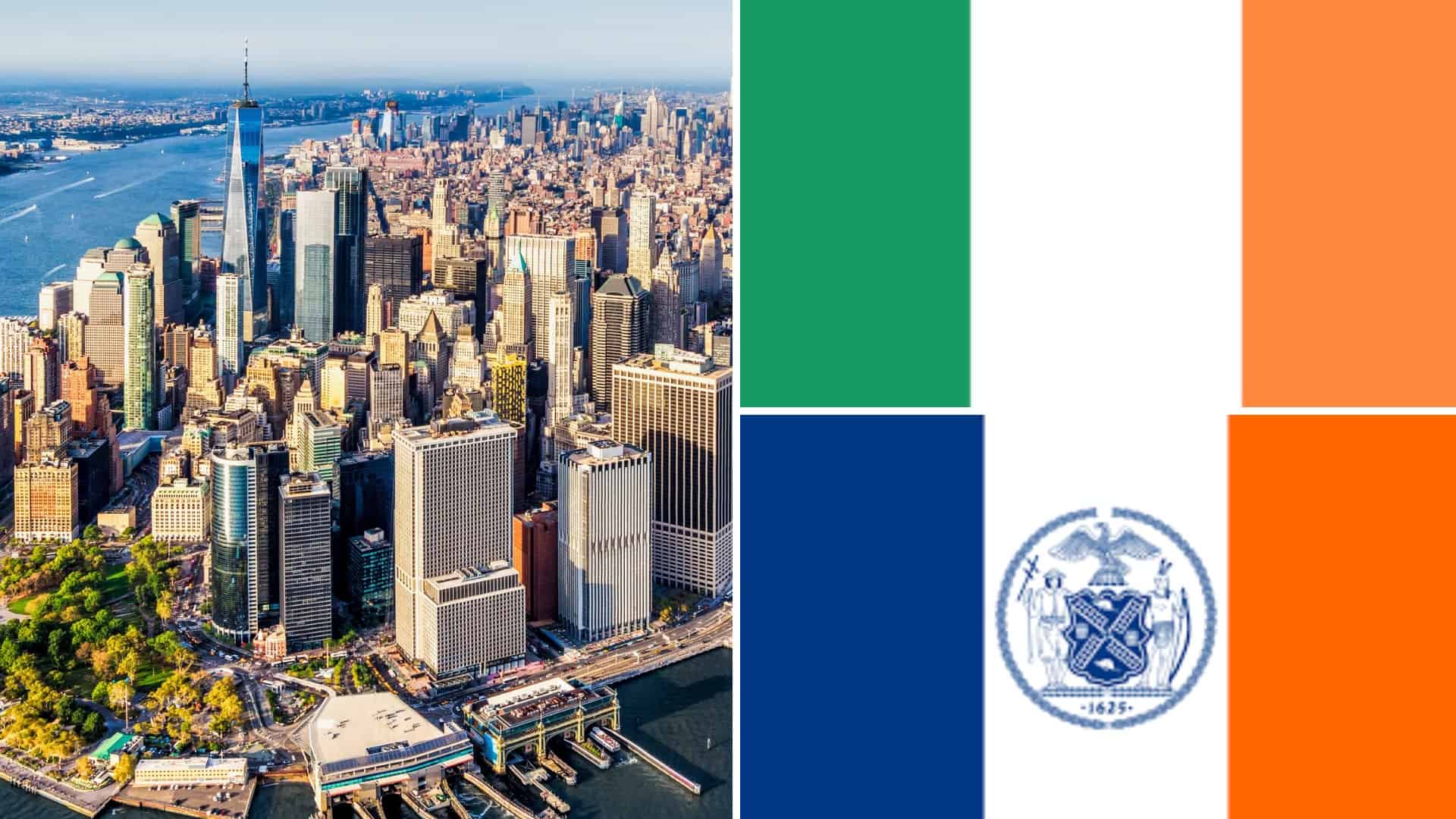No products in the cart.

New York City, often seen as the gateway to America, has been deeply shaped by the contributions of Irish immigrants. From the famine-stricken refugees of the 19th century to modern Irish-Americans, the Irish have left a lasting legacy on the city’s culture, politics, and identity. Today, New York remains a hub of Irish-American life, with vibrant celebrations, historic landmarks, and a proud heritage that continues to thrive.

The story of the Irish in New York begins in the early 18th century, but it was during the Great Famine (1845–1852) that Irish immigration surged. Over one million Irish people fled starvation and poverty, and many of them landed in New York City. By 1855, Irish immigrants made up nearly a quarter of the city’s population.
These early immigrants faced significant challenges, including discrimination, poverty, and harsh living conditions in neighborhoods like the notorious Five Points, an area infamous for its overcrowded tenements. Despite these struggles, the Irish demonstrated resilience and solidarity, creating vibrant communities and finding strength in their shared culture and faith.
Over time, the Irish in New York began to climb the social ladder. By the late 19th and early 20th centuries, they had established themselves in labor unions, the Catholic Church, and politics, laying the groundwork for future generations to thrive.
The Irish were instrumental in building New York City, contributing their labor to monumental infrastructure projects such as the Erie Canal, Brooklyn Bridge, and Central Park. As dockworkers, construction laborers, and railroad builders, they physically shaped the city’s landscape.
The Irish also played a central role in the city’s political development. By the late 19th century, Irish-Americans had gained significant influence through organizations like Tammany Hall, the Democratic political machine. Figures like “Boss” William M. Tweed and Al Smith, the first Catholic governor of New York, exemplified the rise of Irish political power in the city.
New York’s Irish immigrants initially settled in neighborhoods like the Five Points in Lower Manhattan, known for its high concentration of Irish residents in the 19th century. Over time, they expanded to other boroughs, creating strongholds in areas such as:

New York City is home to the world’s oldest and largest St. Patrick’s Day Parade, a tradition that began in 1762. Held along Fifth Avenue, this iconic event attracts millions of spectators and celebrates Irish heritage with bagpipers, marching bands, and community groups.
Beyond the parade, the city hosts a variety of St. Patrick’s Day events, including pub crawls, Irish music performances, and family-friendly festivals. Bars and restaurants across the city embrace the holiday spirit, making it a citywide celebration of Irish pride.

New York’s Irish pubs are renowned for their warmth, hospitality, and authenticity. These establishments have served as gathering places for the Irish community for generations. Notable pubs include:
New York City is rich in landmarks that honor Irish heritage and contributions. Some of the most significant include:
Today, New York’s Irish-American community continues to thrive, with organizations and events that celebrate Irish heritage. The Irish Arts Center in Manhattan hosts performances, classes, and exhibitions showcasing Irish music, dance, theater, and literature. The annual Craic Fest highlights Irish film and music, while the Irish Repertory Theatre presents plays that explore Irish and Irish-American themes.
Gaelic sports are also popular, with clubs like the New York GAA offering opportunities to play traditional games such as hurling and Gaelic football. Irish dance schools, such as Niall O’Leary School of Irish Dance, keep the art form alive for new generations.
Today, Dallas’s Irish-American community continues to thrive. Organizations like the Irish Network Dallas provide opportunities for Irish professionals to connect and celebrate their heritage. Gaelic football and hurling clubs bring traditional Irish sports to the city, while Irish dance schools, such as the McTeggart Irish Dancers of North Texas, keep the art of Irish dance alive for future generations.
Cultural festivals, community events, and the warm camaraderie of Irish pubs ensure that Irish traditions remain an integral part of Dallas’s identity.
















